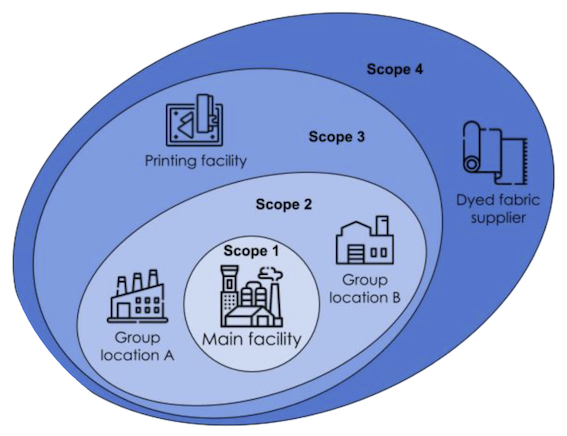
Define the scope for implementation and set the goals.
Version 1 - Last updated -
A supplier should first define the scope for implementation. Once that is determined then set the goals for that scope.
Defining scope
A supplier’s defined scope coverage can be:
- Main facility that includes all operations on site.
- Multi-locational facilities (if applicable).
- Immediate level of upstream sub-suppliers/subcontractors.
- Next level of upstream sub-suppliers/subcontractors

| Scope 1: | The main facility |
| Scope 2: | The main facility + group facility location A and location B |
| Scope 3: | The main facility + group facility location A and location B+ printing facility (immediate sub-supplier) |
| Scope 4: | The main facility + group facility location A and location B+ printing facility (immediate sub-supplier) + dyed fabric supplier (next level of sub-supplier) |
Setting Goals
The goals to be set for each scope should be ‘SMART’ (Specific, Measurable, Achievable, Relevant and Time-Bound) and should be tracked for implementation.
Each goal should be translated into the action plan for implementation that details the methodology and timeline.
Examples of goals for chemical management:
- To prepare a chemical inventory list
- To achieve x% of ZDHC MRSL conformant input chemicals
- To implement an emergency response plan
- To provide PPE for all workers
- To train all staff on chemical management topics
- To engage with x% upstream suppliers for ZDHC Supplier RtZ implementation
